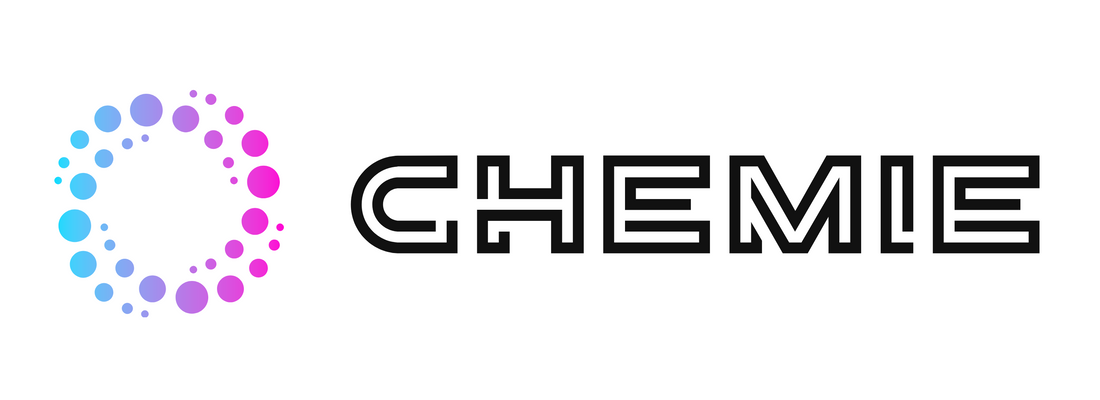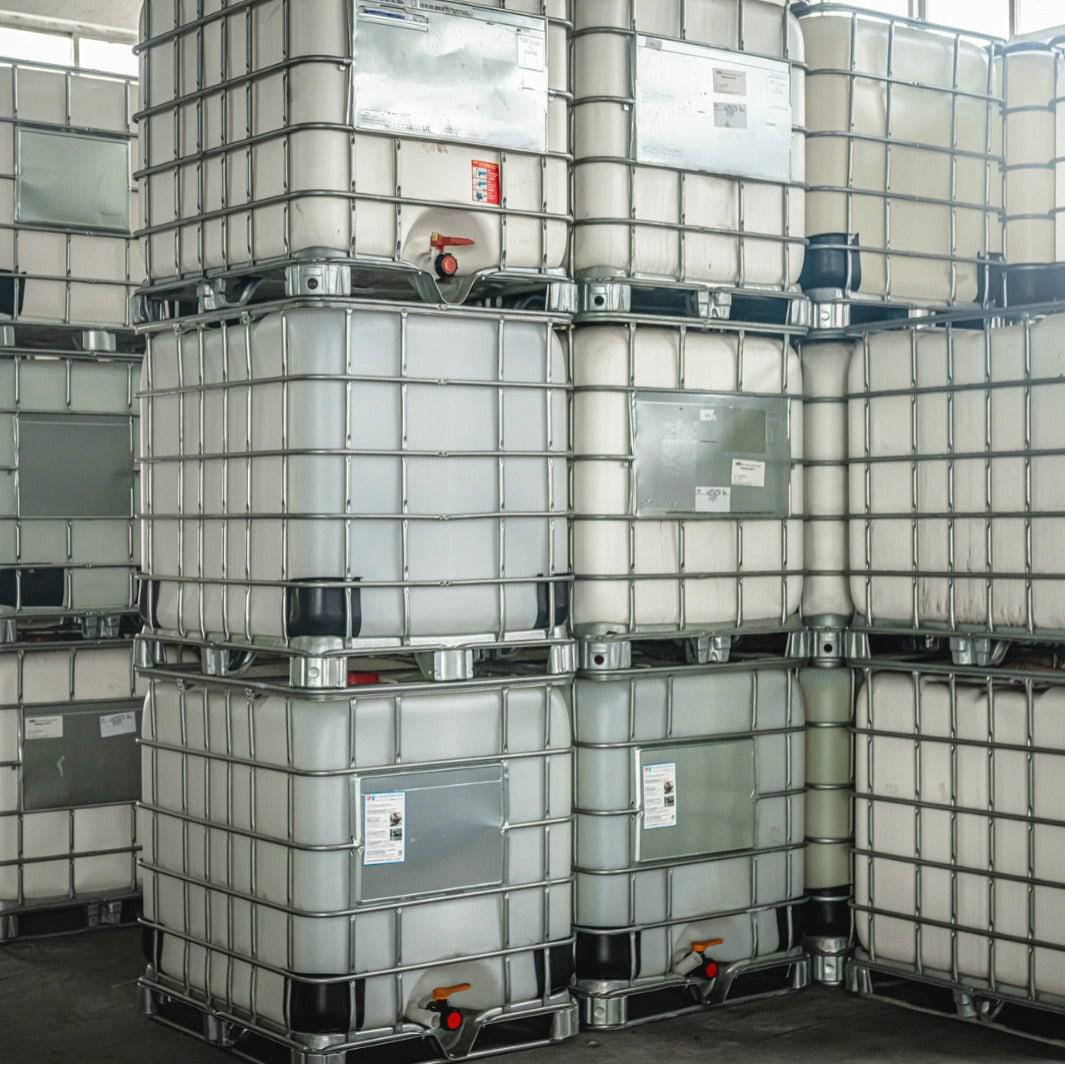The 2-Minute Rule for Chemie
The 2-Minute Rule for Chemie
Blog Article
How Chemie can Save You Time, Stress, and Money.
Table of ContentsChemie for DummiesThe Basic Principles Of Chemie Everything about ChemieA Biased View of ChemieThe 5-Minute Rule for ChemieAll about Chemie
By Bojanna Shantheyanda, Sreya Dutta, Kevin Coscia and David SchiemerDynalene, Inc. Fluid air conditioning, which can be accomplished using indirect or straight means, is made use of in electronic devices applications having thermal power densities that might go beyond secure dissipation with air cooling. Indirect fluid cooling is where warm dissipating electronic parts are literally divided from the fluid coolant, whereas in case of direct cooling, the parts are in direct contact with the coolant.However, in indirect air conditioning applications the electric conductivity can be vital if there are leaks and/or splilling of the fluids onto the electronics. In the indirect cooling applications where water based liquids with deterioration preventions are normally used, the electrical conductivity of the liquid coolant primarily depends upon the ion concentration in the fluid stream.
The increase in the ion focus in a shut loop liquid stream might happen as a result of ion leaching from steels and nonmetal components that the coolant fluid is in call with. During operation, the electric conductivity of the liquid may boost to a level which could be dangerous for the air conditioning system.
Little Known Facts About Chemie.
(https://trello.com/w/chemie999/members)They are bead like polymers that can exchanging ions with ions in a service that it is in contact with. In the here and now work, ion leaching examinations were performed with numerous metals and polymers in both ultrapure deionized (DI) water, i.e. water which is dealt with to the highest degree of purity, and reduced electrical conductive ethylene glycol/water mix, with the measured modification in conductivity reported with time.
The examples were allowed to equilibrate at area temperature for 2 days prior to tape-recording the initial electrical conductivity. In all tests reported in this study liquid electrical conductivity was determined to an accuracy of 1% making use of an Oakton disadvantage 510/CON 6 collection meter which was adjusted prior to each measurement.
Facts About Chemie Uncovered
from the wall surface heating coils to the center of the heating system. The PTFE example containers were placed in the heating system when constant state temperatures were gotten to. The examination arrangement was gotten rid of from the heating system every 168 hours (seven days), cooled to space temperature level with the electrical conductivity of the fluid determined.
The electric conductivity of the liquid example was monitored for an overall of 5000 hours (208 days). Schematic of the indirect closed loop cooling down experiment set up. Elements made use of in the indirect shut loophole cooling down experiment that are in contact with the liquid coolant.

How Chemie can Save You Time, Stress, and Money.
The change in fluid electric conductivity was kept track of for 136 hours. The liquid from the system was accumulated and saved.

0.1 g of Dowex resin was included to 100g of fluid examples that was taken in a separate container. The combination was stirred and transform in the electrical conductivity at room his response temperature was measured every hour. The measured change in the electrical conductivity of the UP-H2O and EG-LC examination liquids having polymer or metal when involved for 5,000 hours at 80C is revealed Number 3.
How Chemie can Save You Time, Stress, and Money.
Number 3. Ion leaching experiment: Measured change in electric conductivity of water and EG-LC coolants consisting of either polymer or metal examples when submersed for 5,000 hours at 80C. The results show that metals contributed fewer ions right into the fluids than plastics in both UP-H2O and EG-LC based coolants. This can be because of a thin steel oxide layer which might function as a barrier to ion leaching and cationic diffusion.
Fluids containing polypropylene and HDPE showed the most affordable electric conductivity changes. This could be as a result of the brief, stiff, linear chains which are much less likely to contribute ions than longer branched chains with weaker intermolecular pressures. Silicone also carried out well in both test liquids, as polysiloxanes are typically chemically inert due to the high bond power of the silicon-oxygen bond which would certainly avoid destruction of the material right into the liquid.
Chemie Can Be Fun For Anyone
It would certainly be expected that PVC would generate comparable outcomes to those of PTFE and HDPE based upon the similar chemical structures of the materials, however there may be various other contaminations present in the PVC, such as plasticizers, that might affect the electrical conductivity of the fluid - silicone synthetic oil. In addition, chloride groups in PVC can also leach right into the examination liquid and can create an increase in electrical conductivity
Polyurethane completely disintegrated into the examination fluid by the end of 5000 hour test. Prior to and after pictures of metal and polymer samples submersed for 5,000 hours at 80C in the ion leaching experiment.
Measured change in the electrical conductivity of UP-H2O coolant as a feature of time with and without resin cartridge in the shut indirect air conditioning loophole experiment. The gauged change in electrical conductivity of the UP-H2O for 136 hours with and without ion exchange material in the loophole is revealed in Figure 5.
Report this page